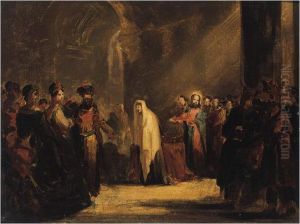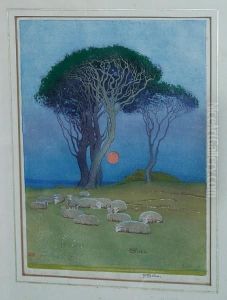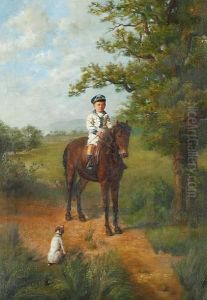William Giles Paintings
William Giles was an English artist known for his innovative work in woodcut printmaking. Born in 1885, Giles grew up during a time when the arts and crafts movement was in full swing, which likely influenced his later work. He developed an interest in the arts at a young age and went on to study at the Slade School of Fine Art in London, where he honed his skills as a printmaker.
Giles was particularly fascinated by the color woodblock printing techniques, which he saw as a way to combine his love for craftsmanship with his artistic expression. He was inspired by Japanese ukiyo-e prints and sought to adapt their methods to reflect his own style and the aesthetics of his time. He experimented with various printing techniques and eventually developed his own method of color woodcut printing that did not rely on the traditional Japanese water-based inks but instead used oil-based inks that allowed for a greater range of color and texture.
His work was characterized by its rich, vibrant colors and often depicted landscapes, seascapes, or scenes from nature. Giles was a member of the Society of Graver-Printers in Colour, which promoted the art of color printmaking in England. Despite his contributions to the printmaking field, he did not gain widespread recognition during his lifetime, and it wasn't until after his death in 1932 that his work began to be more appreciated.
Today, William Giles is recognized for his technical contributions to the art of printmaking and his unique approach to color and composition. His prints are held in various collections and continue to be studied by art historians and printmakers for their innovative techniques and artistic beauty.


